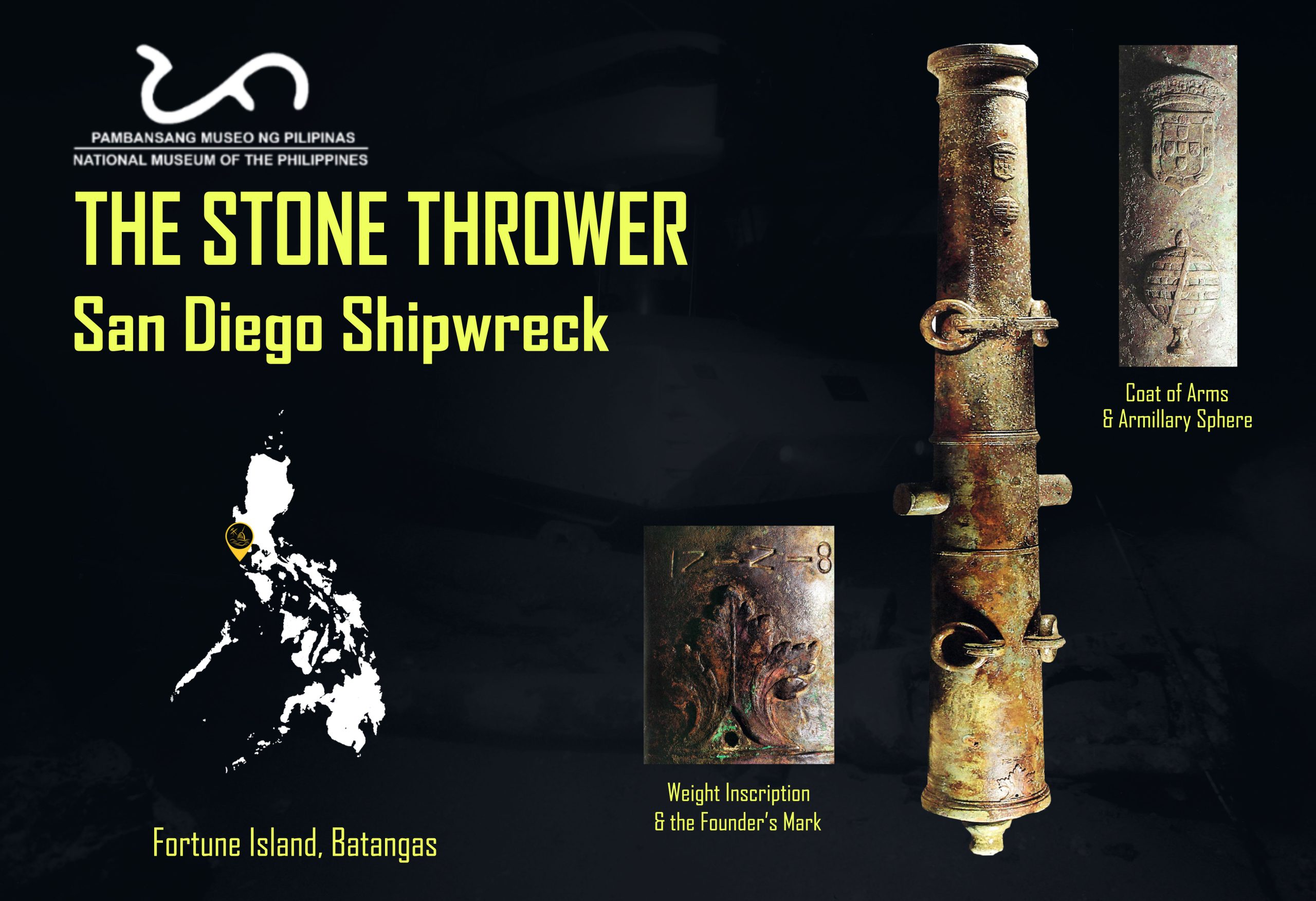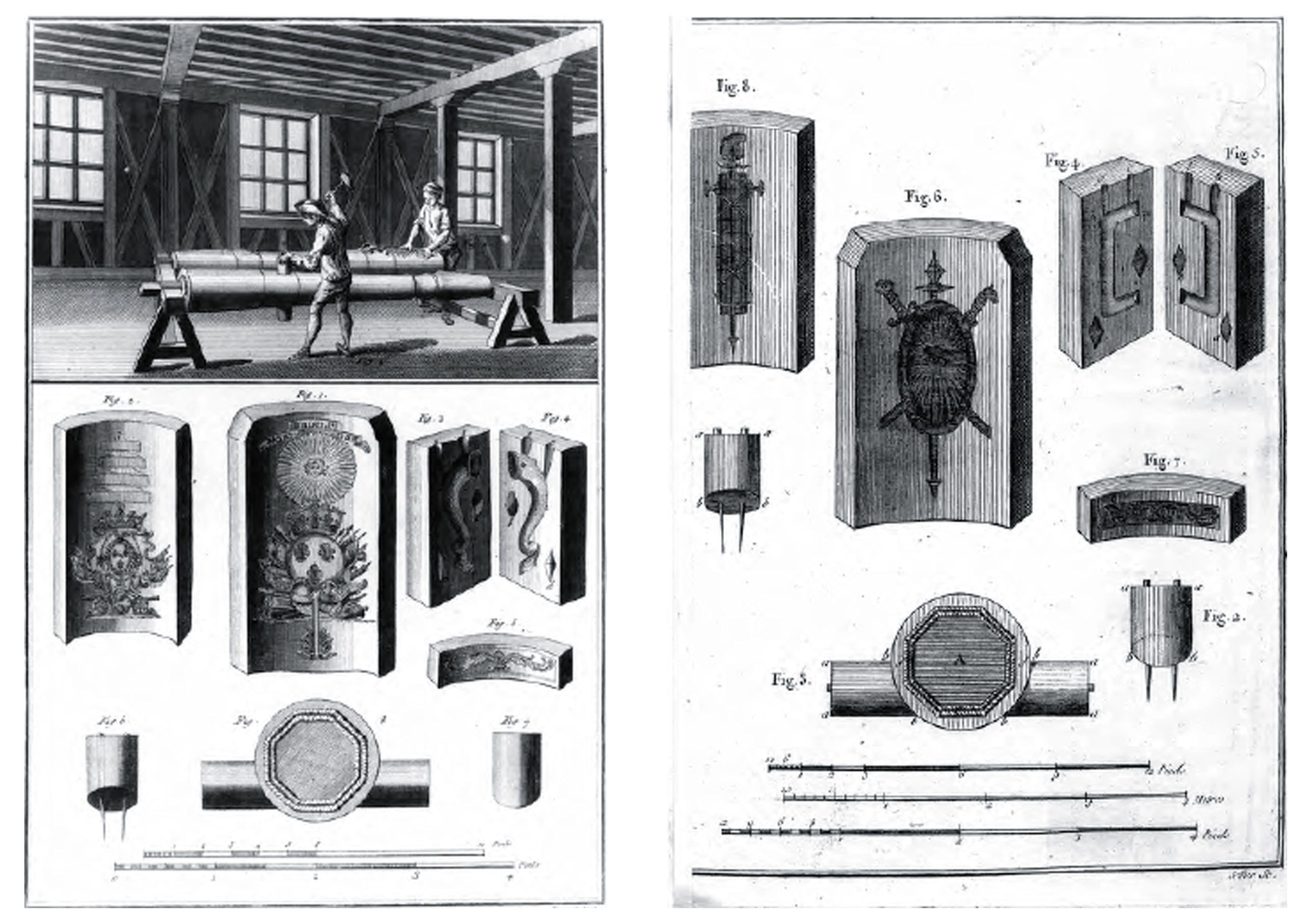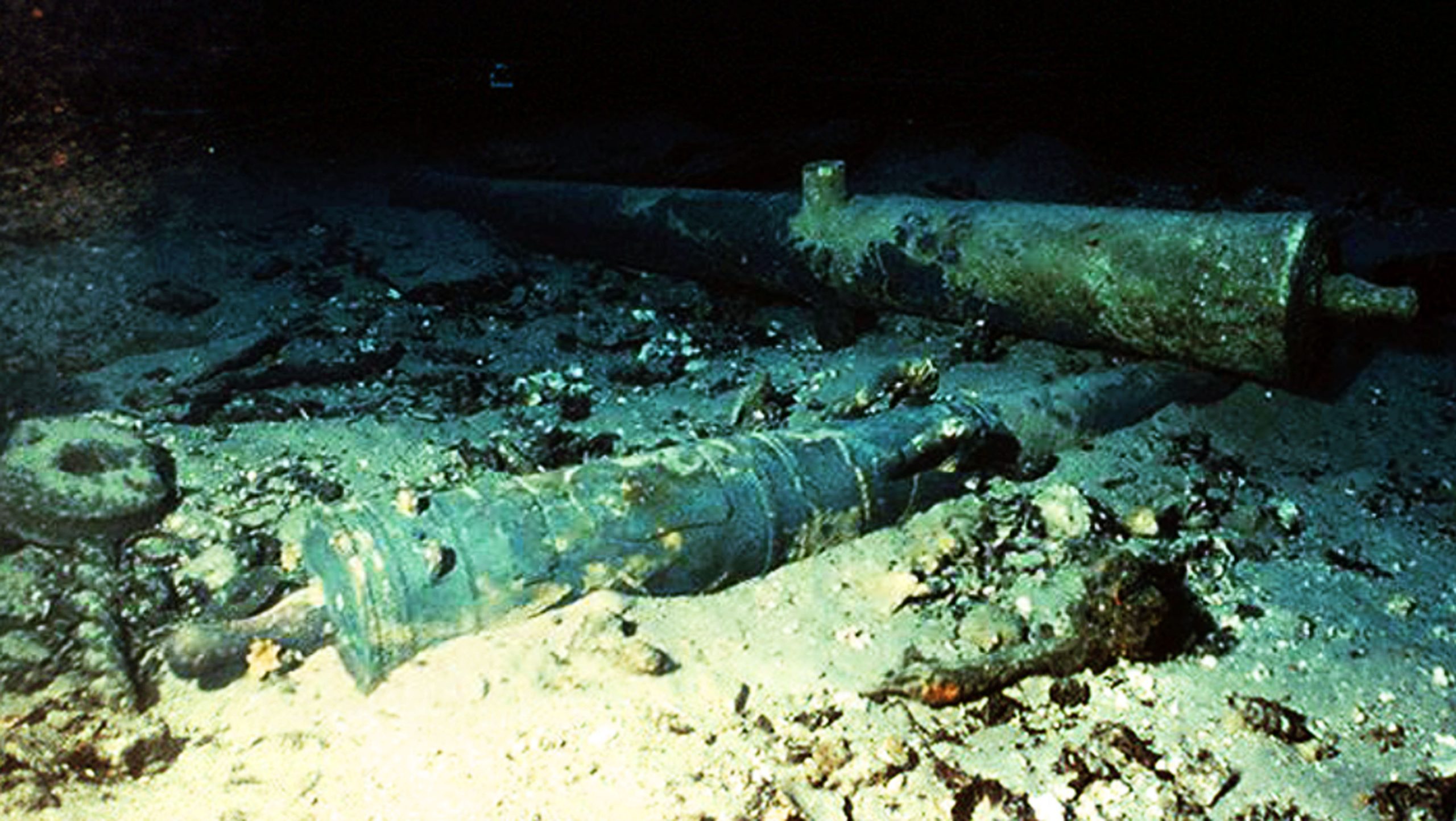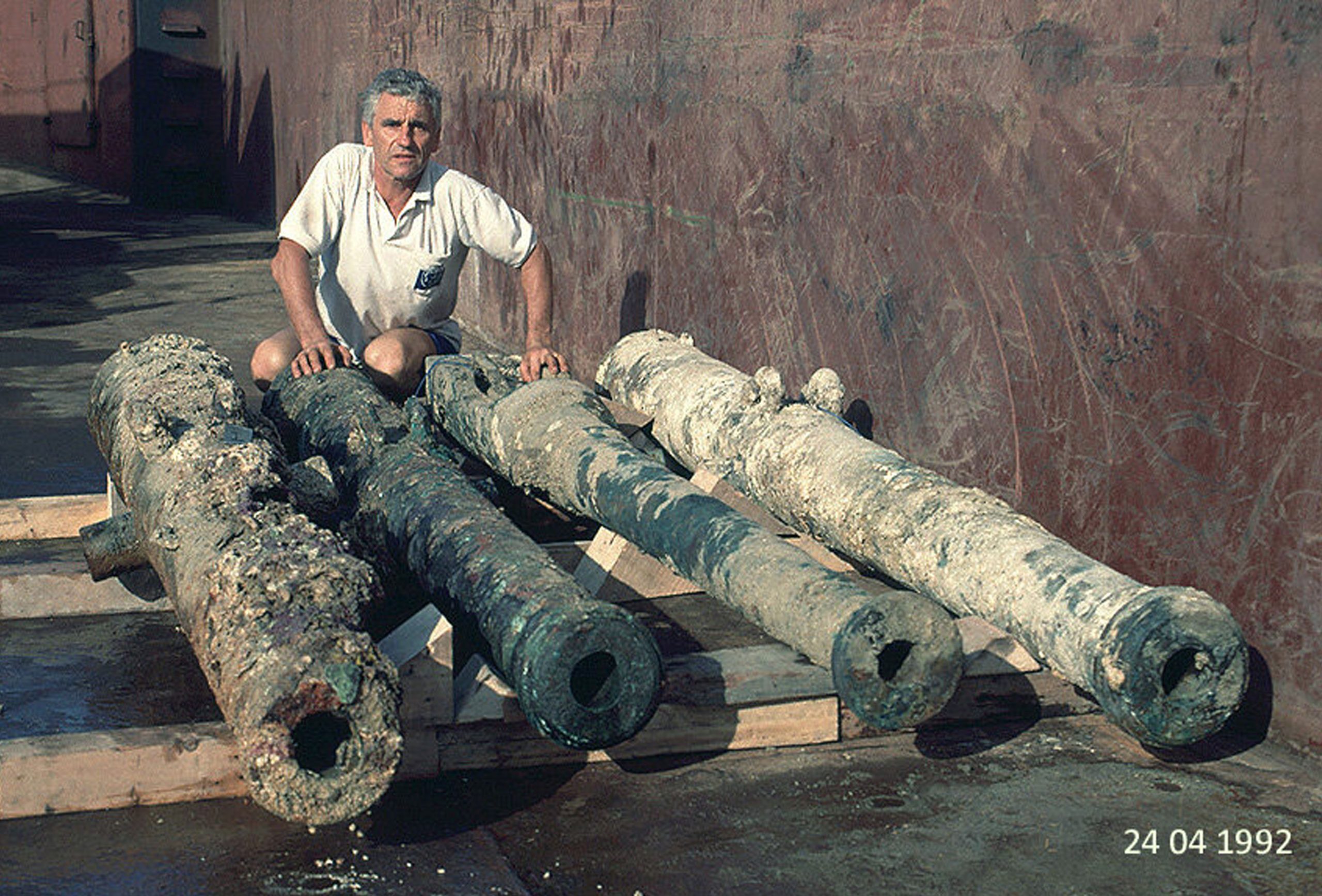La Inmaculada Concepción
Salve Regina!
In celebration of the Solemnity of the Immaculate Conception of the Blessed Virgin Mary on December 8, today’s #ArtStrollSunday series features the “La Inmaculada Concepción,” a late 19th century painting from the National Fine Arts Collection (NFAC).
During the Spanish colonial period, Chinese mestizos and Indio artisans were trained by friars to adorn churches. The process of instruction and learning was through copying available statues and paintings from Spain and Mexico. An unknown artist painted this Blessed Virgin Mary (BVM) based on the 1678 painting done by Spanish painter Bartolomé Esteban Murillo (Javellana, 2020), who painted several versions of the Immaculate Conception. This work, displayed at the Ramon and Milagros Del Rosario Family Hall of the National Museum of Fine Arts, depicted the BVM wearing a white tunic and dark blue cape standing on a globe crushing the devil’s head, with her hands clasped in prayer. Heads of five angels are seen on the base of the painting.
Remaining anonymous was a practice observed by Filipino artists trained by Spanish religious leaders. This belief came from the idea that not signing their works will reap rewards in the afterlife, doing otherwise was a form of self-assertion.
On December 8, Wednesday, the Philippines, a dominantly Catholic country, celebrates the Solemnity of the Immaculate Conception of the Blessed Virgin Mary—the conception of the BVM in the womb of her mother, Saint Anne. This day is a Special non-working holiday for Filipinos. It is one of the most important Marian feasts in the Philippines and the Roman Liturgical calendar. La Inmaculada Concepción, or the Immaculate Conception, is the principal patroness of Manila and the whole country.
Visit this painting by booking online through this website. In the meantime, you may view the 360-degrees virtual tour of the Ramon and Milagros Del Rosario Family Hall on this website and download for free the NMP publication, “The Philippine Colonial Tradition of Sacred Art: Treasures of Philippine Art from the Collections of the Bangko Sentral ng Pilipinas and the National Museum of the Philippines by René B. Javellana, SJ.”
Text by NMP FAD
Photo by Bengy Toda
#LaInmaculadaConcepcion
#ArtStrollSunday
#MuseumFromHome
#BEATCOVID19
© National Museum of the Philippines (2021)















